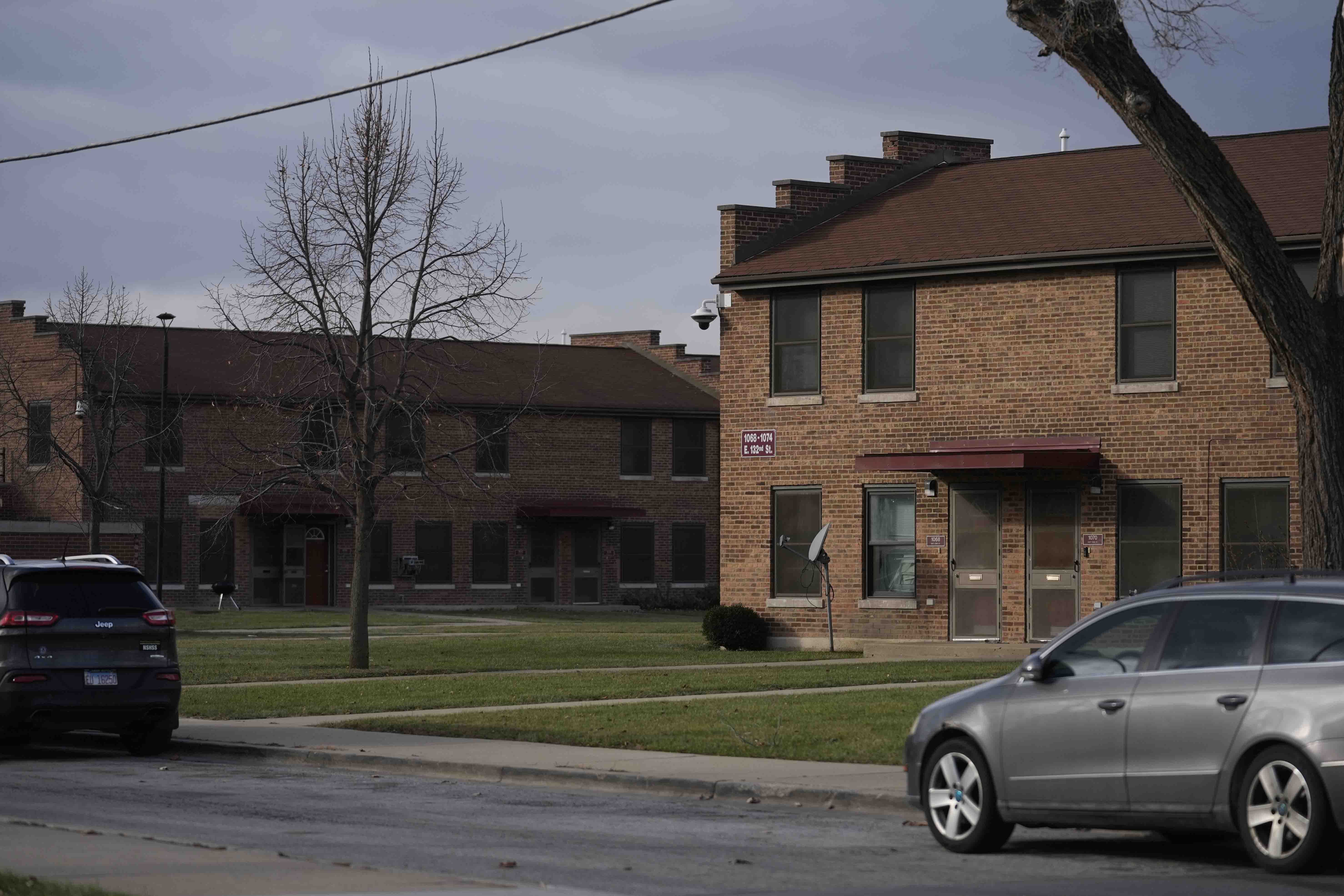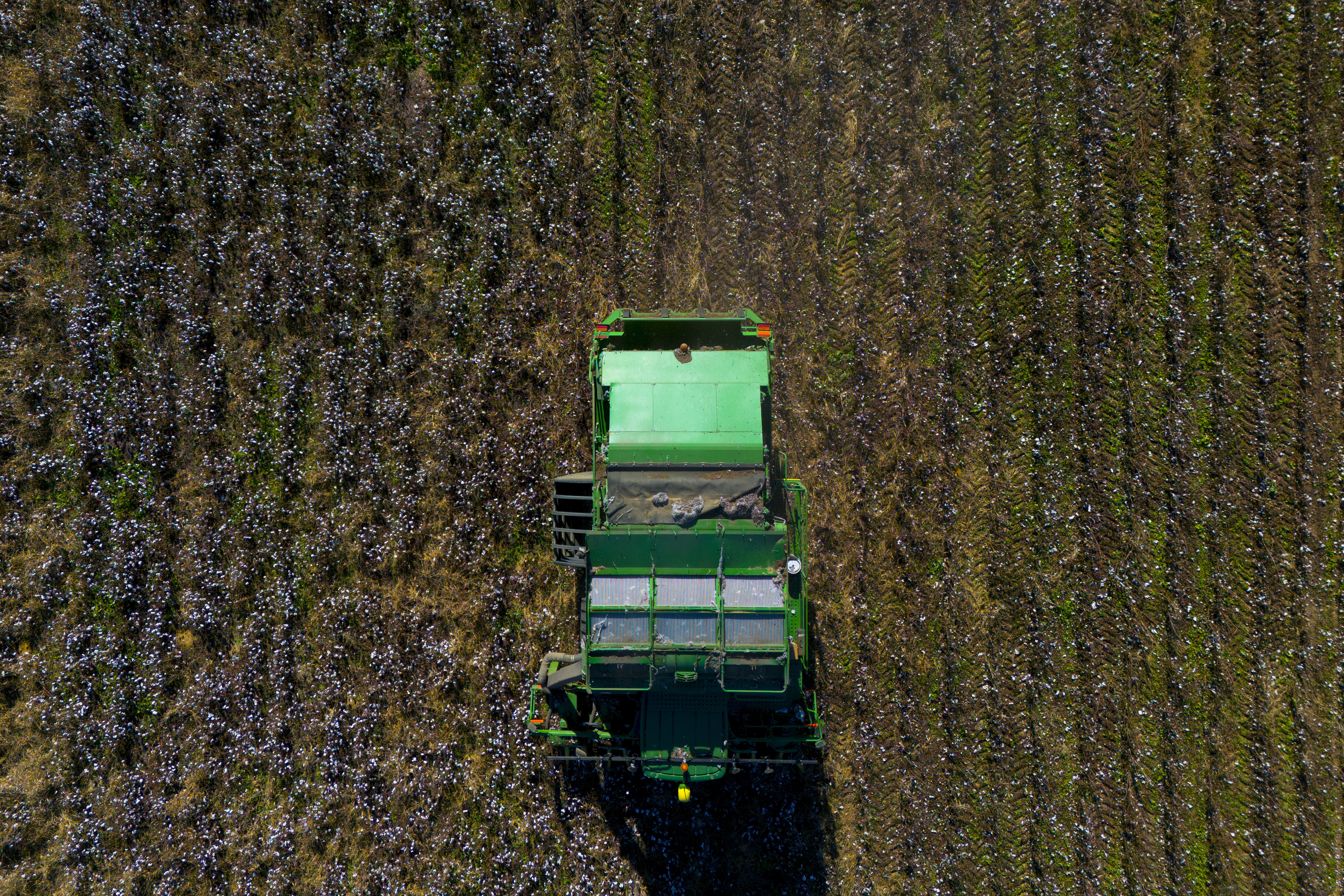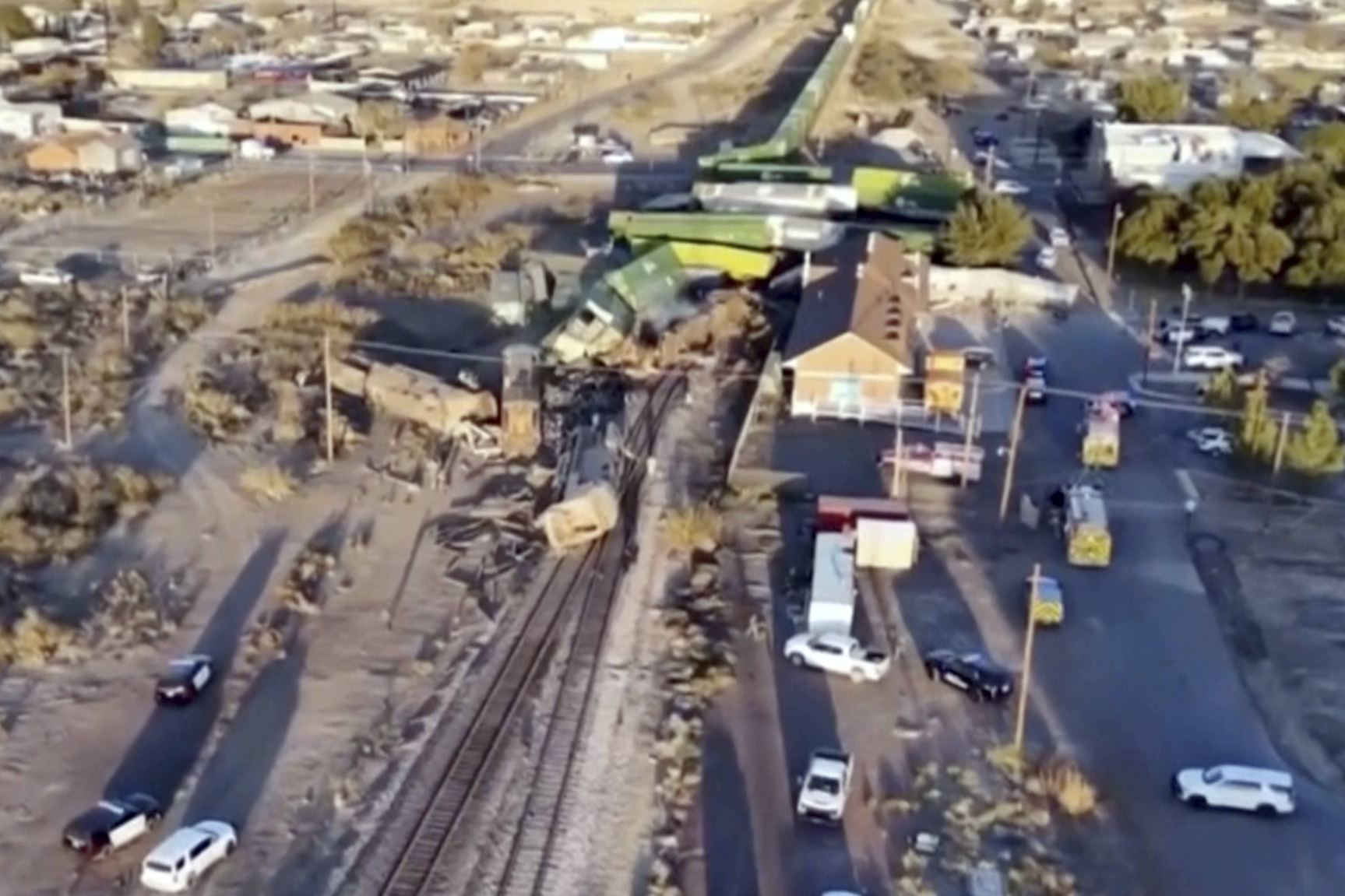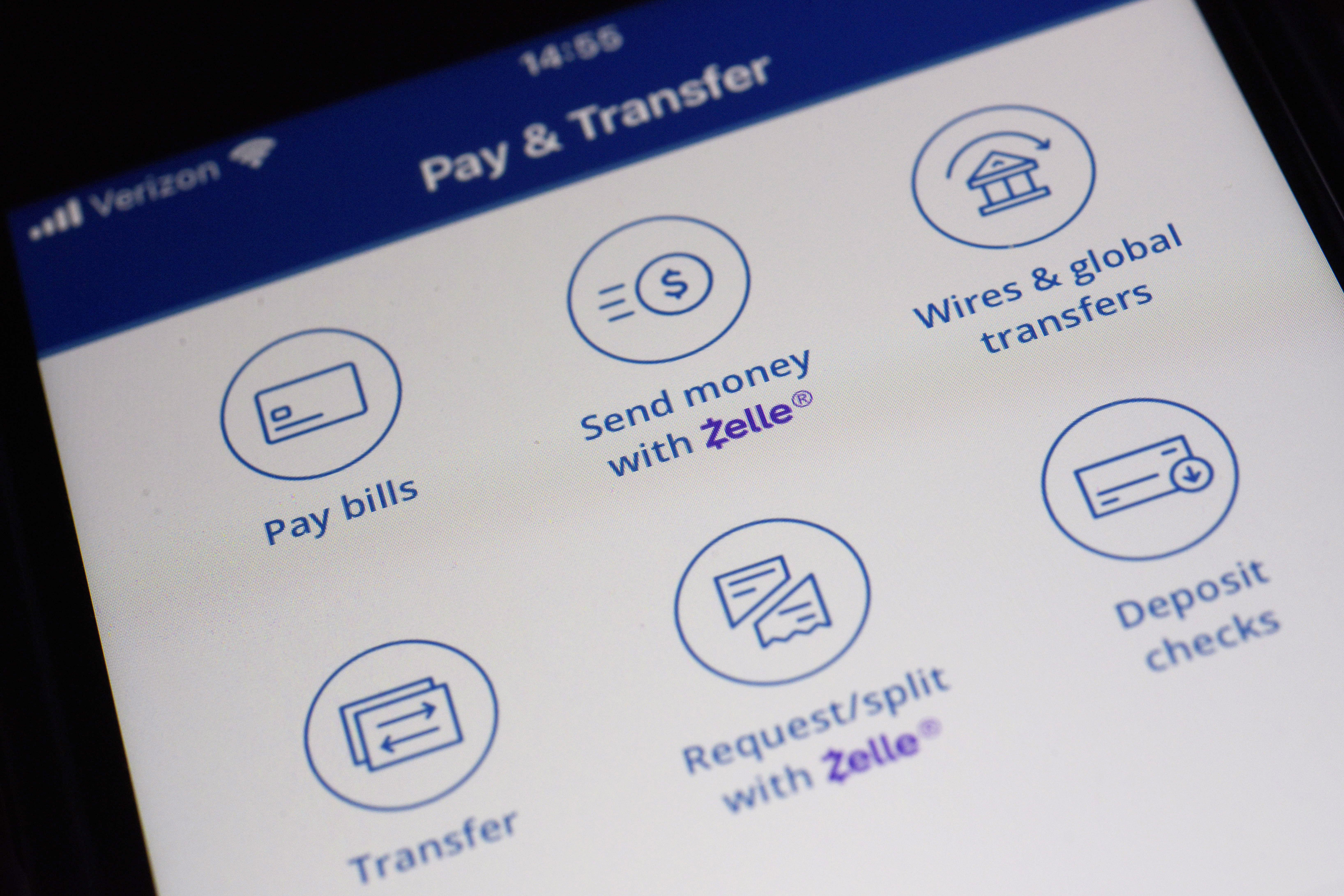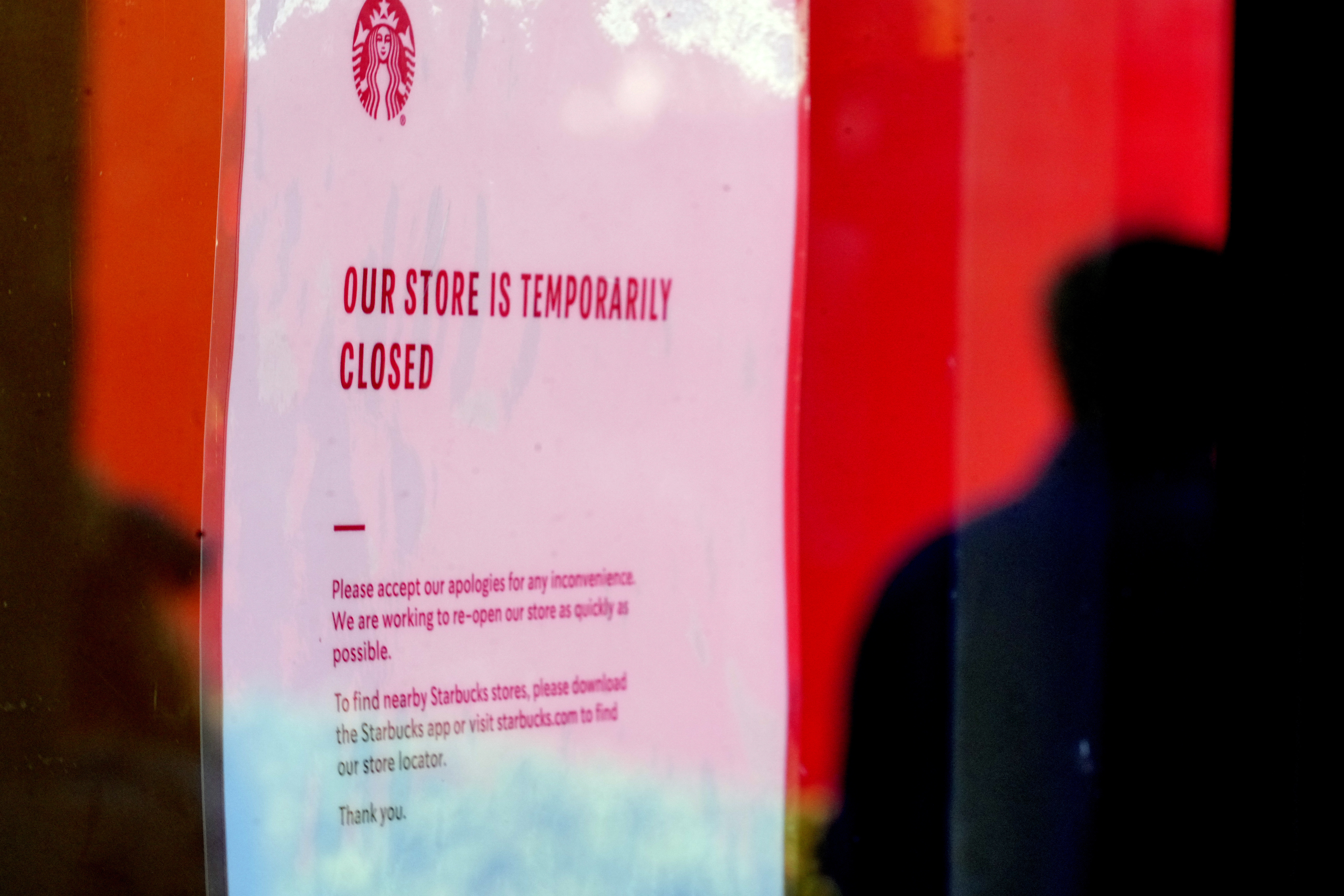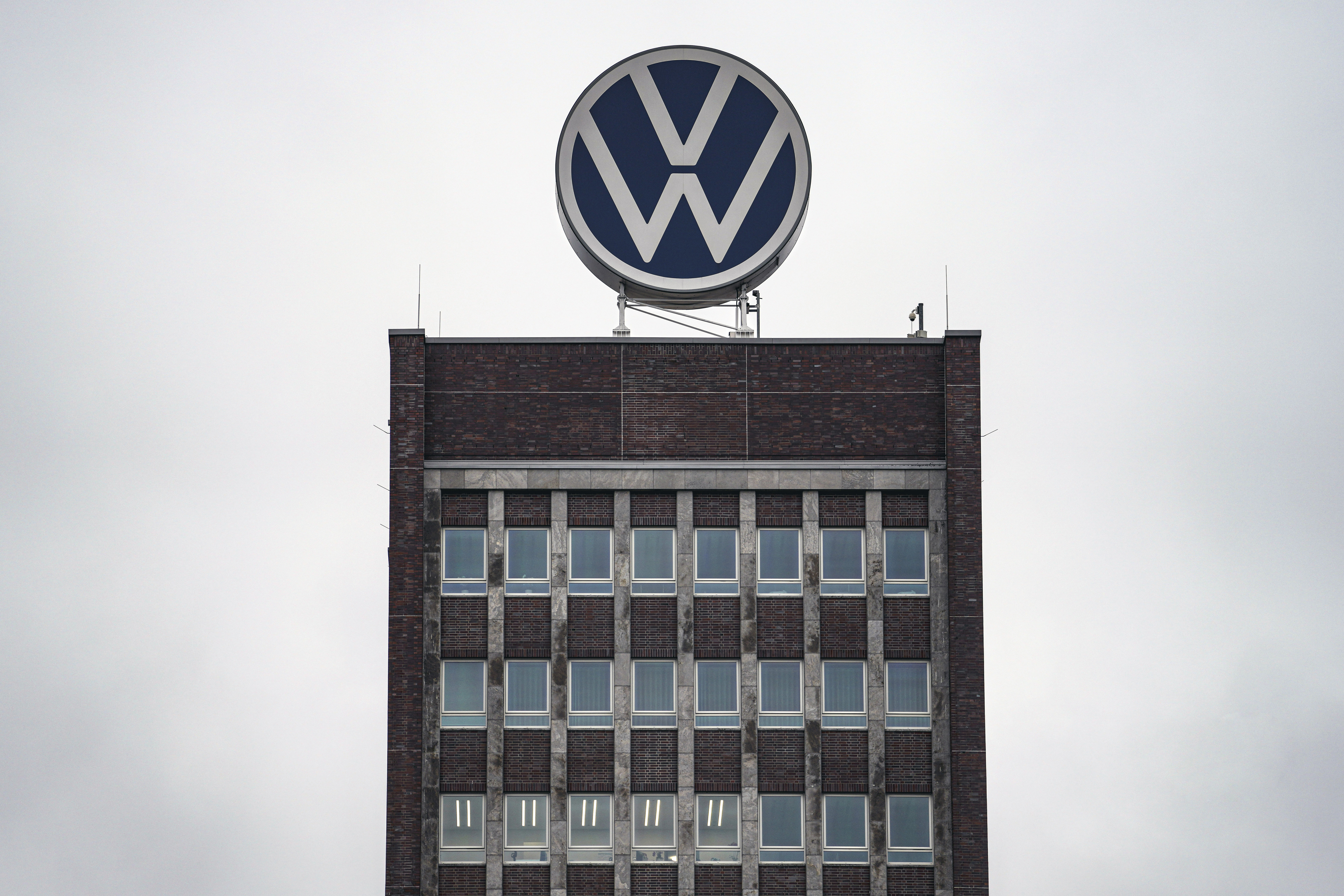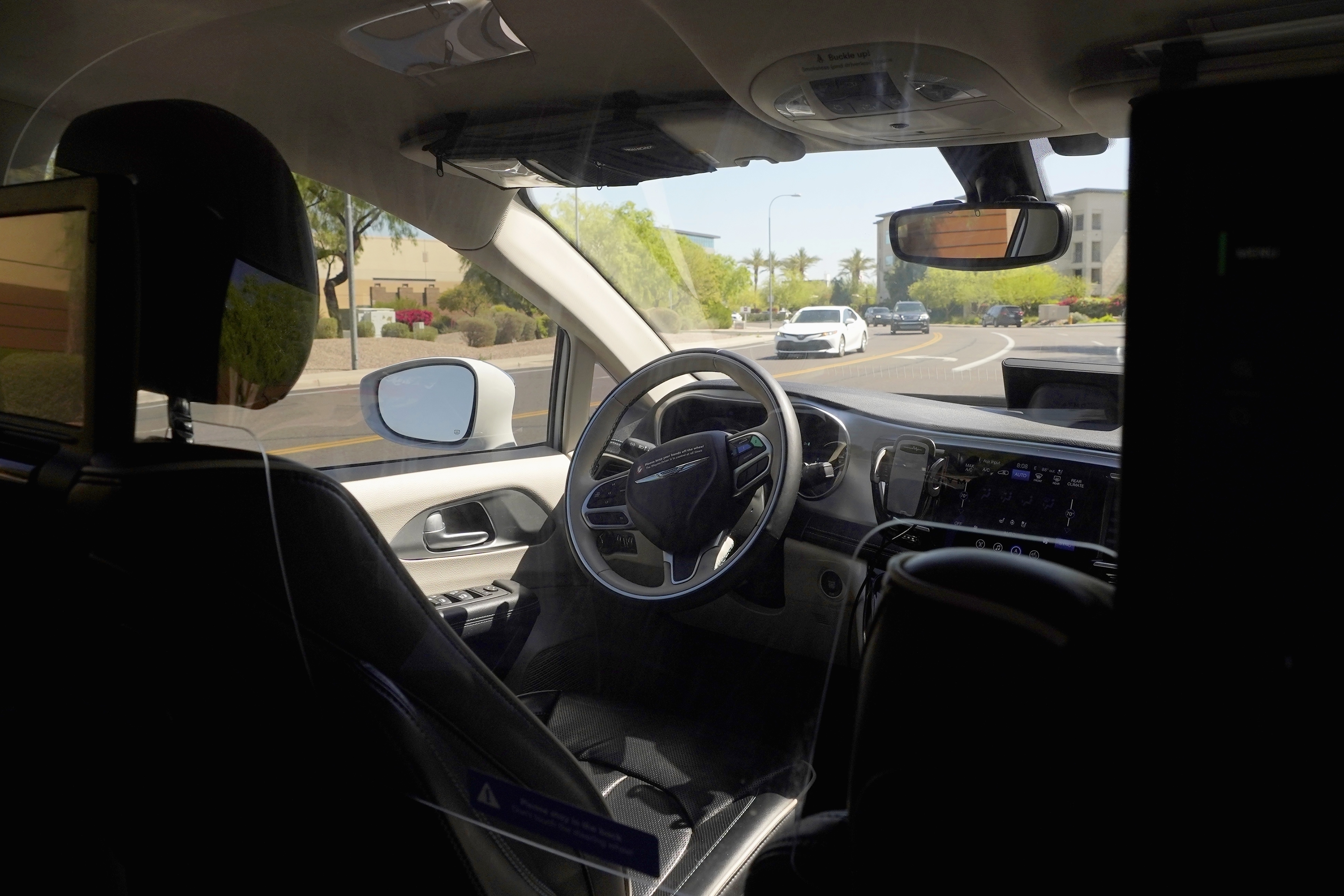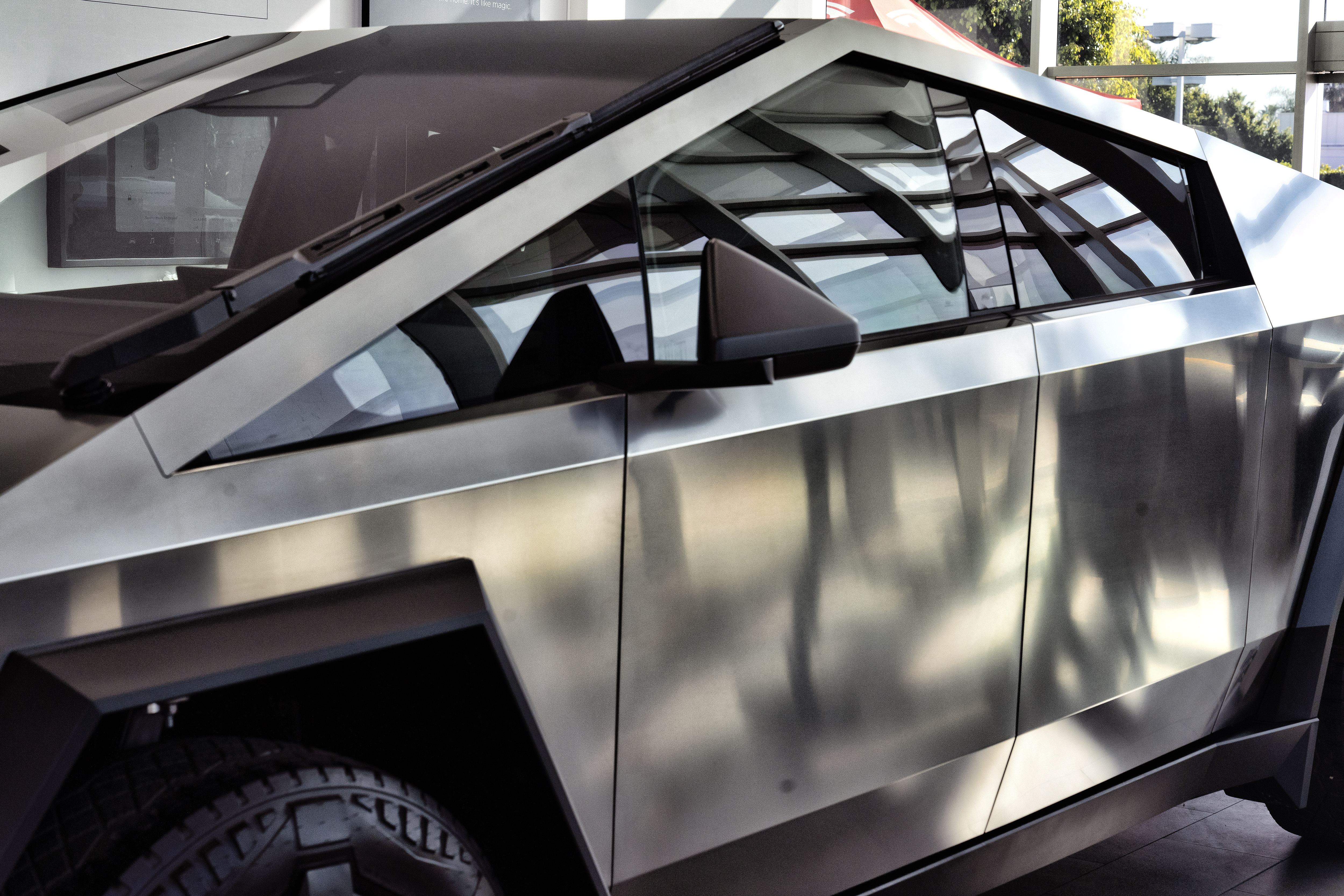A cargo ship rammed into Baltimore’s Francis Scott Key Bridge, causing the span to collapse and presumably killing six construction workers. On Wednesday, a day after the early-morning crash, officials with the National Transportation Safety Board boarded the ship and planned to recover information from its electronics and paperwork while divers searched for the bodies of workers who were still missing.
Here’s what we know so far about the collapse:
WHAT EXACTLY HAPPENED?
The operators of the Dali cargo ship issued a mayday call moments before the crash early Tuesday saying the vessel had lost power. But the 985-foot-long (300-meter-long) ship still struck one of the 1.6-mile (2.6-kilometer) bridge’s supports at 8 knots, which is roughly 9 mph (15 kph). That caused the span to break and fall into the water within seconds.
Eight construction workers were filling potholes on the bridge when the crash happened. Two were rescued soon after the collapse. Divers recovered the bodies of two others and the other four are presumed dead. Jeffrey Pritzker, executive vice president of Brawner Builders, said they were working in the middle of the span when it collapsed.
The U.S. Coast Guard said Wednesday that the ship underwent “routine engine maintenance” in the port before it lost power.
An inspection of the Dali last June at a port in Chile identified a problem with the ship’s “propulsion and auxiliary machinery,” according to Equasis, a shipping information system. The deficiency involved gauges and thermometers, but the website’s online records didn’t elaborate.
A “standard examination” conducted by the U.S. Coast Guard in New York in September didn’t identify any deficiencies, according to the Equasis data.
Given the vessel’s massive weight, it struck the bridge support with significant force, said Roberto Leon, a Virginia Tech engineering professor. The post can resist the impact by bending, Leon said, but cannot absorb the energy brought by such a “humongous ship.”
Last June, federal inspectors rated the 47-year-old bridge in fair condition. But the structure did not appear to have pier protection to withstand the crash, experts said.
“If a bridge pier without adequate protection is hit by a ship of this size, there is very little that the bridge could do,” Leon said.
Federal and state investigators have said the crash appears to have been an accident.
HOW MANY PEOPLE ARE MISSING?
Two of the construction workers who were on the bridge were rescued. The bodies of four of the six others were still missing Thursday. Searchers recovered the bodies of 35-year-old Alejandro Hernandez Fuentes and 26-year-old Dorlian Ronial Castillo Cabrera on Wednesday. They were in a pickup truck submerged in about 25 feet (7.6 meters) of water.
The workers came to the Maryland area from Guatemala, Honduras and Mexico, according to diplomats from those countries.
One worker, 38-year-old Maynor Yassir Suazo Sandoval, came to the U.S. from Honduras nearly two decades ago. His brother described him as an entrepreneurial and hard-working husband and father of two. And El Salvador’s foreign minister, Alexandra Hill Tinoco, posted Wednesday on X that one Salvadoran citizen, Miguel Luna, was among the missing workers.
The ship is owned by Singapore-based Grace Ocean Private Ltd., which said all crew members, including the two pilots, were accounted for and there were no reports of injuries.
The ship’s warning enabled authorities to limit vehicle traffic on the span. Plus, the accident occurred at 1:30 a.m., long before the busy morning rush. The bridge carried an estimated 30,800 vehicles per day on average in 2019.
WHAT IMPACT COULD THIS HAVE?
The collapse will almost surely create a logistical nightmare, shutting down ship traffic at the Port of Baltimore and snarling cargo and commuter traffic.
The port is a major East Coast hub for shipping. The bridge spans the Patapsco River, which massive cargo ships use to reach the Chesapeake Bay and then the Atlantic Ocean.
The Dali was headed from Baltimore to Colombo, Sri Lanka, and flying under a Singapore flag, according to data from Marine Traffic.
President Joe Biden said he expects the federal government to pick up the entire rebuilding cost. His administration approved $60 million in emergency federal aid to pay for debris removal and other initial costs.
“This work is not going to take hours. This work is not going to take days. This work is not going to take weeks. We have a very long road ahead of us,” Maryland Gov. Wes Moore said Thursday.
The U.S. Army Corps of Engineers and a commercial salvage company have been surveying the site as they plan the salvage operation, according to U.S. Coast Guard Chief Petty Officer Cynthia Oldham.
The collapse is not likely to have a big effect on worldwide trade because Baltimore is not a major port for container vessels, and proves more important when it comes to goods such as farm equipment and autos, said Judah Levine, head of research for global freight booking platform Freightos.
But jobs for roughly 2,400 members of the International Longshoremen’s Association Local 333 could dry up until shipping traffic resumes, according to Scott Cowan, the union’s president. Cowan said union leaders are working with elected officials to fund compensation for longshoremen in the meantime.
Authorities must also now handle a sheen in the water after some of the 56 containers onboard that were carrying hazardous materials were breached. Among the hazardous materials were corrosives, flammables and lithium ion batteries, according to the National Transportation Safety Board. But the Key Bridge Joint Information Center said Thursday that there’s no immediate environmental threat and that air monitoring has shown no volatile organic compounds.
HOW OFTEN DOES THIS HAPPEN?
From 1960 to 2015, there were 35 major bridge collapses worldwide due to ship or barge collisions, with a total of 342 people killed, according to a 2018 report from the World Association for Waterborne Transport Infrastructure.
Eighteen of those collapses happened in the United States.
Among them were a 2002 incident in which a barge struck the Interstate 40 bridge over the Arkansas River at Webbers Falls, Oklahoma, sending vehicles plunging into the water. Fourteen people died and 11 were injured.
And in 2001, a tugboat and barge struck the Queen Isabella Causeway in Port Isabel, Texas, causing a section of the bridge to tumble 80 feet (24 meters) into the bay below. Eight people were killed.
___
Lea Skene, Brian Witte and Sarah Brumfield contributed reporting. This story was updated to correct that there were more than 56 containers on the ship, but that 56 contained hazardous materials.


